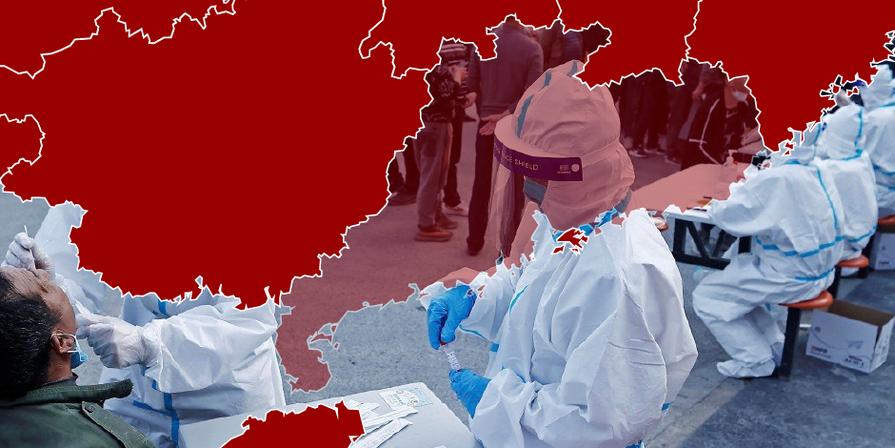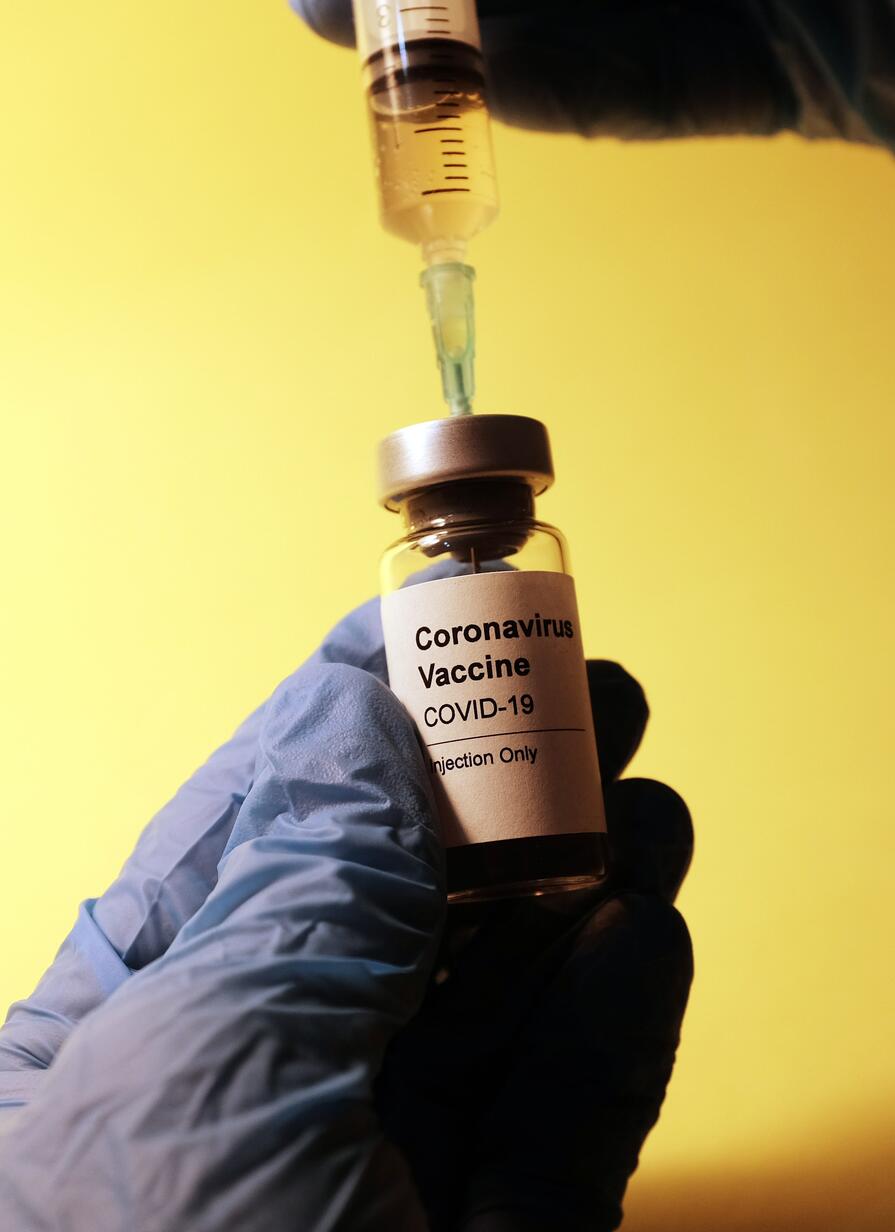Donna Sir, Ph.D.
Abstract (Summary)
Hepatitis C virus (HCV) and Hepatitis B virus (HBV) are both major health problems. Together HCV and HBV are the leading causes of chronic liver disease and the most common indication for liver transplantation in the world. In the US, chronic liver disease is the tenth leading cause of death with 40% to 60% due to HCV infection. In China, HBV is more prevalent and accounts for 90% of liver transplantations and liver disease. To date there are no vaccines for HCV. For HBV, although the number of HBV infections has been reduced by the use of the HBV vaccine, there is still a large group of people who suffer from HBV infection. Therefore, the need to understand these viruses and develop safe and effective treatments is paramount.
In these studies, I have looked at how HCV and HBV subvert autophagy, an innate immune response for the removal of intracellular pathogens (Kirkegaard et al., 2004), for their own use. In this dissertation, I showed through a series of biochemical and molecular biological assays that both HCV and HBV induce autophagosomal formation, however both through very different mechanisms. The outcome is similar between these two viruses in that the induction of autophagosomes is both beneficial to the viruses. These unexpected effects of HCV and HBV on the host cell likely play an important role in HCV and HBV pathogenesis.
Advisor: Ou, James
Committee members: Tahara, Stanley, Mosteller, Raymond



